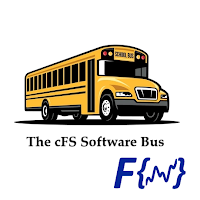Mission Statement and Coming soon ...
Greetings! Thanks for stopping in to my blog. This nascent blog is mostly experimental and is only just getting started. I will be using this blog as a vehicle for experimenting with automation (automating forecasts and publishing them with little human interventions). This effort hasn't really started yet. Truth Statement My missions in this blog are (in order of priority): To estimate Truth (with info, data, and analysis (causal inferences and forecasting)) To help others better estimate Truth by offering clarity and information To support the brisk exchange of ideas and information relating to Economics and Econometrics That may sound overly idealistic or sappy, but I won't apologize for that. Promise : I will not prioritize any goals in this blog over accurately estimating Truth and helping others to do so. I will not quash any hypothesis or idea to accommodate political alliances, cliques, social standing, wishful opinions, or personal feelings....






